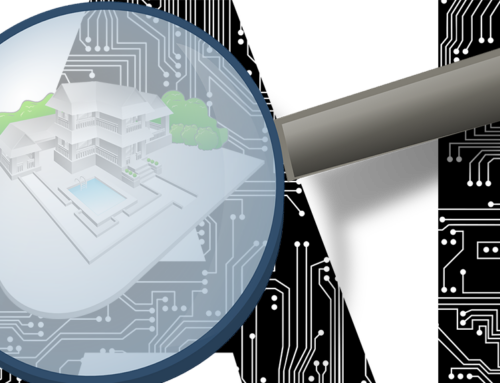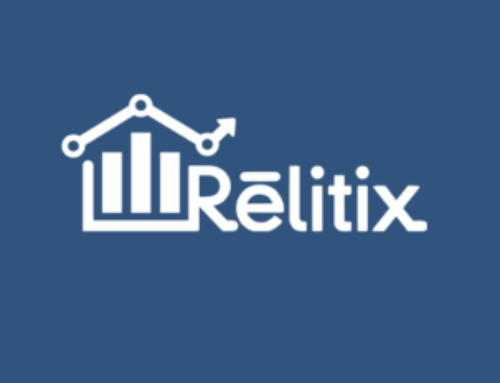![]() Long and Foster and Windermere are both brokerages that are family owned and operated. They are large firms and they struggle with build vs. buy whenever they consider a technology solution for their companies. Windermere supports 7000 agents across 300 offices. Long and Foster has over 200 offices supporting 11,000 agents.
Long and Foster and Windermere are both brokerages that are family owned and operated. They are large firms and they struggle with build vs. buy whenever they consider a technology solution for their companies. Windermere supports 7000 agents across 300 offices. Long and Foster has over 200 offices supporting 11,000 agents.
There are a number of technology solutions that each company builds and supports. Moxi Works, the technology company founded by the Jacobi family of Windermere, builds a plethora of core technology solutions used by Windermere. Moxi Works provides the Windermere broker website, co-branded agent websites, lead management, drip marketing, company intranet, and their keystone product, TouchCMA. TouchCMA is a listing presentation tool that Long and Foster licensed exclusively for their markets back in 2014.
WAV Group is very excited to see these two companies own the technology company that serves them. This philosophy is component to broker ownership of Upstream, and broker control of the board for the Broker Public Portal. Both Windermere and Long and Foster have significantly increased their closing rates on listing presentations with Moxi Works. We have written about this before. WAV Group confidently believes that brokers build better technology solutions for real estate agents than technology firms that have never sold a house. Together, Windermere and Long and Foster have nearly 20,000 agents on the Moxi Works system. The only CMA tool that is close to their equal is CloudCMA. However, CloudCMA is usually offered through the MLS, meaning that the possibility of more than one agent showing up to a potential seller meeting with the same listing presentation is highly likely.
Windermere and Long and Foster never want their agents to be pitching their services using the same tools as a competitor. Differentiation is what defines brands. The CMA is the cornerstone of the sales presentation to a buyer or a seller. Sales presentations demand uniqueness.
In a larger sense, I would expect this trend to continue. Although it takes a bit of technical acumen to understand this, the foundational architecture of real estate software is changing. Today, most products used in real estate are built the old way. The application has a database associated with it. The new architecture is similar to Apps that are on your smart phone, or Salesforce.com. In the new architecture, the database is separate from the application, and normally in the cloud. Applications no longer need to have their own database. They just connect to one database using APIs or Application Programming Interfaces. Moreover, applications can talk to each other using APIs too.
Here is an example that may help you understand this. Your phone has one solution for pinpointing your location called GeoLocation. Any application on your phone can use that GeoLocation without building it. Google Maps uses the data to display where you are on the map using the Apple API for GeoLocation. Google maps allows you to share your location with other applications like Facebook, or even other mapping applications like Waze: One database, feeding a separate application using an API, and allowing Applications to talk using APIs. The data was never duplicated, just communicated.
In real estate, we see this happening. It is the foundation of the Realtor Property Resources’ (RPR) quest with their new Advanced Multilist Platform (AMP). They want to provide a universal parcel database and allow MLS systems to access it using APIs. If executed properly, it would free application developers to leave the pain and suffering of data feeds and data storage behind. It would eliminate waste and duplication. Do you realize that most large MLSs are providing data feeds to vendors that are duplicating and storing terabytes of MLS data as many as 400 to 600 times?
Windermere and Long and Foster operate on opposite coasts of America. Windermere is in the Pacific Northwest – Seattle, Portland, etc. Long and Foster is in the Mid-Atlantic – Washington DC, and the surrounding states like Delaware, Maryland, New Jersey, North Carolina, and Virginia. They are unlikely to ever compete, but they battle against the same competitors every day. They found common ground. They are saving money and adding value to their agents and customers. They are both superb business operators with deep technical capabilities. I see a lot of success coming from this partnership in the future and believe that it will represent a wellspring for other non-competing firms to work together.




